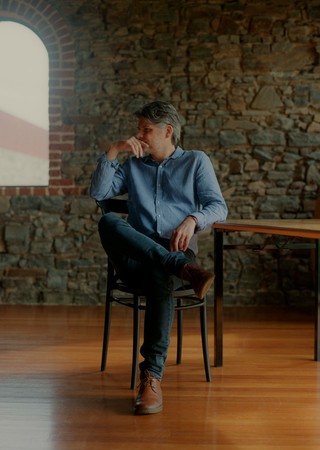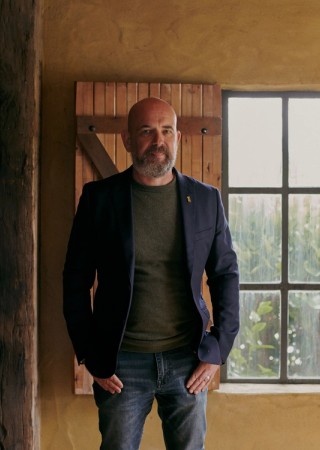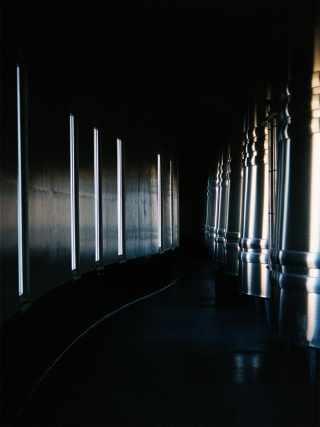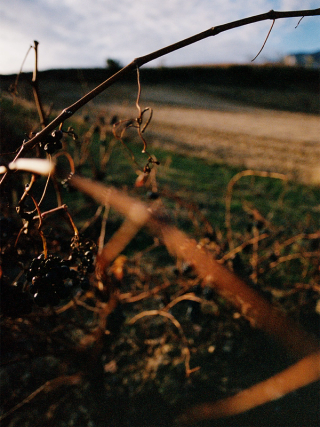VNTNRTM
VNTNRTM
VNTNRTM connects makers drinkers & thinkers in the pleasure of wine

JUICE AND DESTINY
Clara Canals: I am Clara Canals, and Ysios Senior Winemaker from Spain.
VNTNR: Being so connected to Rioja, do you feel that winemaking was your destiny?
CC: So I grew up here in Rioja, one of the main wine regions in the world. So obviously, I think even without realizing it, we have kind of a natural and special connection with the wine, with the vineyards, and obviously with everything that surrounds the world of wine. I think here in Rioja, wine is part of our culture, our day to day, and it seems like wine runs through our veins. So, it's kind of a magic connection. And I think that for something that you have lived since you are little, it's very difficult not to love. So maybe, yes, my destiny was to be a winemaker. In addition, actually, I was born on September 21st, which here is the day of San Mateo, which is the big, big public day dedicated to the harvest festival in Rioja. So I always have to work during my birthday but I mean, it's for a good reason. It's harvest time, and we celebrate it.
VNTNR: They say winemaking dates back to 837 AD in Rioja. Can you feel this history in the soil or the vines somehow?
CC: Winemaking in Rioja dates back very, very, many, years ago. So, I think Rioja as a region is full of emotions, history and culture that has evolved around vineyards and wine. And yes, you can still feel this history in the soils and the vineyards somehow. It's amazing that there are still vineyards that show us was how life was in the past; different in how their vineyards were planted, how they cultivated in the past - mixed cultivation between Viura and Tempranillo, you also have some fruit trees in the vineyard. So that's how they used to survive and how they used to live in the past. So it's really amazing. And it's also very unique and amazing that in very, very old vineyards there are some old stones reflecting how they used to press the grapes in the vineyards. So before taking them and transporting into the winery, there are big stones, and they’d press the grapes straight into there. And it's amazing that still in some old vineyards we even find hallowed-out shapes made in the sandstone rock. And I think in Ysios we can feel that in our centenarian and pre-phylloxera vineyards. So definitely, yes, you feel the history in the soil and in the vines.
VNTNR: How do you approach traditional grapes like tempranillo in your work?
CC: We are in Rioja, so tempranillo and viura are our traditional Rioja varieties, especially tempranillo; it’s our star, our flagship variety. It's an indigenous variety from the region and therefore is the one that really contributes to give the typicity of our wines. It's amazing because tempranillo has amazing potential; you can produce beautiful, juicy, young wines, but also it has an amazing aging potential. And so that's great and that's why it gives the identity of where we are.
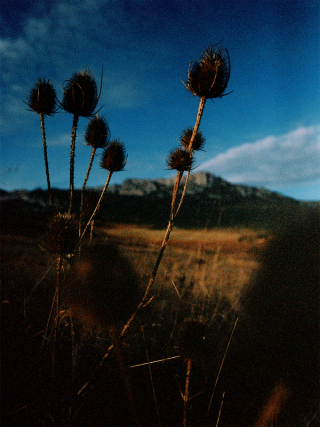

VNTNR: Can you explain how wine in Rioja is classified?
CC: We are one of the oldest wine regions in the world, and actually we have a Control Board that was created in 1925. It was created basically to guarantee the typicity and the quality of all our wines. And in 1991, we upgraded the category and now Rioja was considered the Denominación de Origen Calificada (D.O.Ca.), which in Spain there are only two; it’s Rioja and Priorat, a small wine region in Mediterranean south of Barcelona. When we put a bottle in the market with a Rioja label, it gives you an idea that it has gone through many, many different controls, many different tests to guarantee the quality of the wine. They control everything from the vineyard, to the winery, to the labelling and the packaging. So, in the vineyards they control the yields that we can get per hectare, both in reds and whites, they control the irrigation - the waters - you can give to the plants, they control obviously the grape varieties you can plant and also the places. The Rioja area is delimited, so you cannot plant whenever you want, whatever you want; you have to you have the rights of plantation, and in the right area, the delimitation area within the D.O.Ca. appellation. Then also they control in the winery what you can use, they control the yield, the transformation of the kilos of grapes into wine. And also the Control Board is very important because they give you the different categories of the wines and for example, Rioja has always been known for ageing wines in barrel. So we have always been known by the Crianza, Reserva and Gran Reserva. So if you put Crianza, Reserva and Gran Reserva on the label, it means that it has a specific aging period, both in barrel and in bottle. And that's all controlled by the Control Board. So that's very important, we cannot put a Reserva on our premium wines just because we want. It’s all regulated.
VNTNR: These classifications are all related to how the wine is aged. What are the benefits and restrictions of this regulation?
CC: I think on the one hand, the philosophy of that category gave a name to the wines in Rioja. But also, we have the great news that apart from the category that classifies depending on the ageing of the wines, in 2017 the Control Board created a new category that is called Vinedos Singulares in Spanish, so it's like single vineyard. And a category also like ‘village wines’ and ‘municipal wines’, so wines that don't have to be Crianza, Reserva and Gran Reserva. The focus on this new category is on the origin of the wines, on the origin of the grapes. That has been something really, really important for us in Ysios because we have at the moment two single vineyards. The Control Board obviously controls that all the grapes are 100% produced from that specific, unique plot and they give you a back label with the number and so everything is very, very regulated to avoid any fraud.
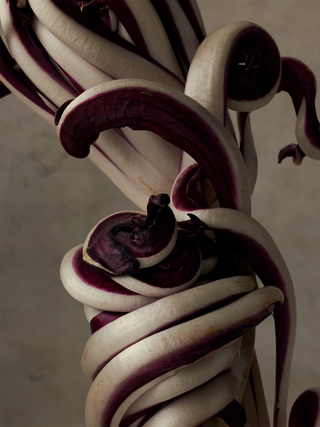

VNTNR: How do you find balance then between the ageing, the origin and your intervention along the way to make beautiful wines each season?
CC: I think for us, the most important thing is to keep in mind the origin of our wine. So it’s that terroir and then it’s in our hands to try to preserve and reflect that in our wines. When I speak about the origins, I speak about the kind of soil and also obviously, the vintage. Every year is different - we could have a cold vintage, warm vintage, dry year - so we want that every year our wines reflect this. That's why I think we are all part of the nature. I feel very proud and honoured by my aim that is to minimise human intervention in the land and during the process. We like to use the most traditional techniques, but also on the other hand, to create the most avant garde wines. So basically my philosophy is minimal intervention and let the wine flow, let the grapes flow and obviously control all the quality, but to give each vineyard - each bunch of grapes - what they need specifically for that year. If it needs a bigger barrel, new oak, or barrels that have been already used; we don't follow the recipe in winemaking, we just try to make the wines with what they need specifically in that vintage or moment.
VNTNR: what other varieties are grown in Rioja, or new wines are you developing?
CC: The important thing for us to take advantage of the diversity that we can find in Rioja naves and really express the full potential of our main tempranillo variety. So, in this for example, of the reds, we now can grow a garnacha / grenache, mazuelo, carignan and maturana tinta. And in terms of white, we are allowed now to plant nine different white varieties but always we have to keep in mind that we are really a red-producing wine region, and still tempranillo is over 85% of the region. Our aim is to really express the full potential of that grape. It's blended also all around the world, but the origin is Rioja. I think we have to keep those roots and we have to keep that typicity.
In terms of new wines, we are always trying new things in the winery with different vinification. Any new idea is welcome, so we are trying whole bunch fermentation, skin contact white ferments, and fermentation in different formats; in clay and for us in concrete eggs; wines with no sulphur. Any idea we like to try.
VNTNR: Apart from essentially being your birthright, what is it about wine for you? Why is it so special?
CC: Wine is very important. I love my job. And especially I love all the passion, feelings, an imperfection that I’m bottling in every single wine I create in the winery. I think in Rioja, wine is rooted to our tradition and livelihoods in the region. So especially for my job, I love the fact that every day, every season, and every vintage is different, and that you never stop learning new things. And then the best of all, is after all the hard teamwork, the result is to share and enjoy a bottle of wine with your family with your friends. And also, you get to see other people enjoying something that you have made with a lot of passion. So, isn't it great?!
